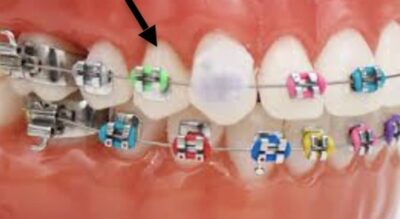
Braces Care Instructions
Your Life In Braces
If you have any orthodontic appliances cemented in your mouth, like traditional braces, appliances with bands, lingual braces or fixed retainers, you must change what you eat and how you eat during orthodontic treatment. It is important to follow all braces care instructions as outlined by Dr. Pompei.
What To Expect During Your Orthodontic Treatment
Braces-Friendly Diet
Swipe to see suggestions for easy swaps for braces-friendly foods!

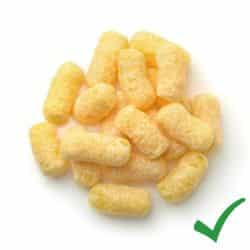


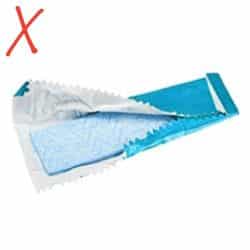
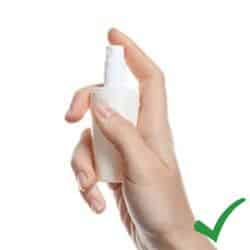
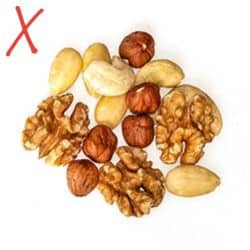
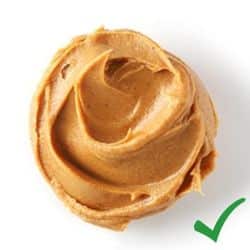


If you are unsure whether a food is too crunchy or hard for your appliances, take small bites with a sip of water to soften the food and chew slowly.
Home Care And Dental Hygiene
Parts of Braces
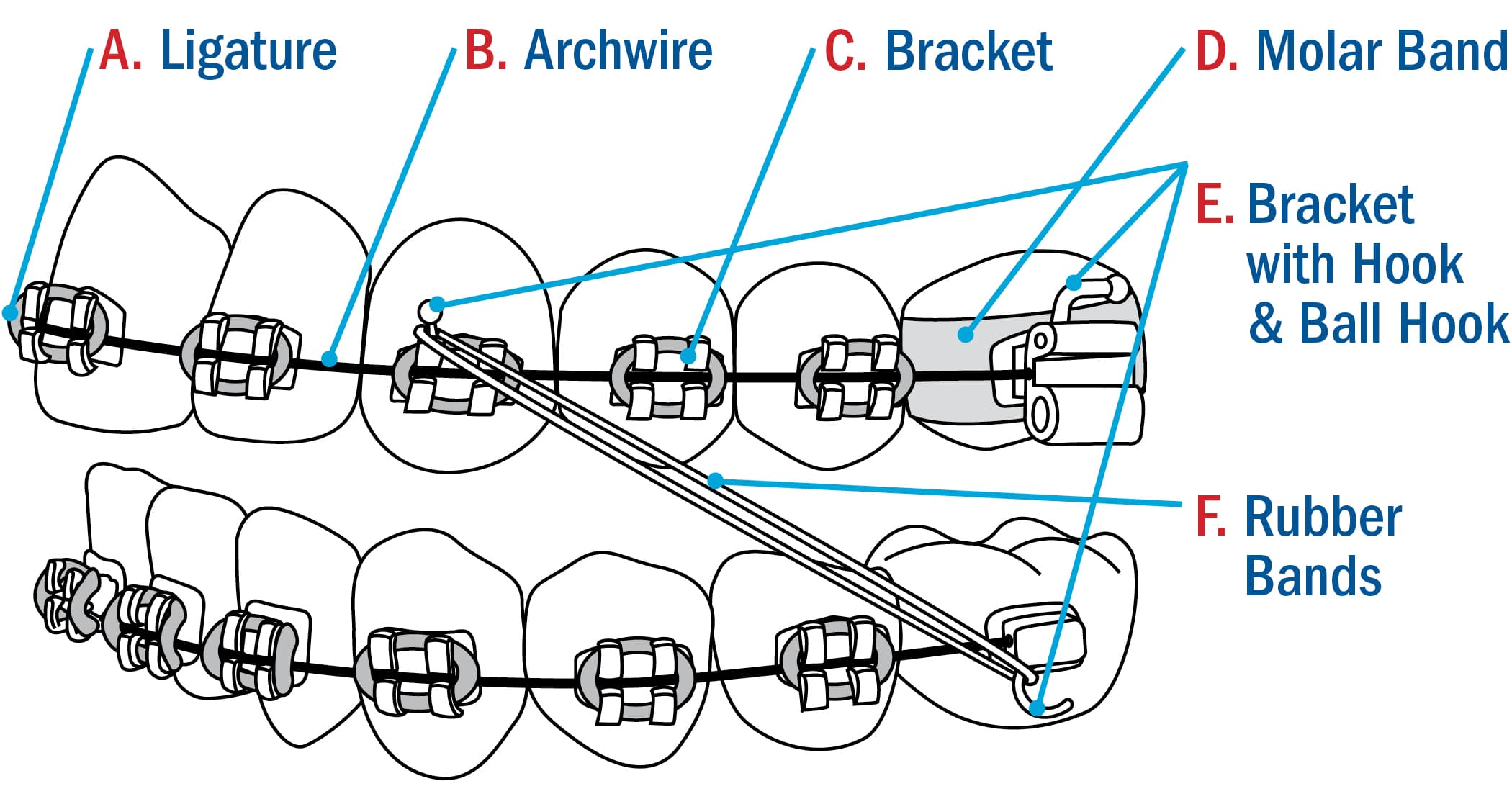
Braces Home Care
Braces Instructions
Breakage and Soft Tissue Irritation
Lingual Braces
All of the home care instructions for traditional braces apply to lingual or inside braces. However, cleaning lingual braces can take more time, as they are harder to see. Regular maintenance and diligent hygiene is critical to avoid tarter buildup and gum inflammation that will interfere with tooth movement.
Altered speech is common during the first few weeks in lingual braces. However, reciting this passage out loud repeatedly after appliances are first placed will help tremendously with clear articulation. This passage was developed by a speech/language therapist particularly because it has all phonetic sounds in the English language.

